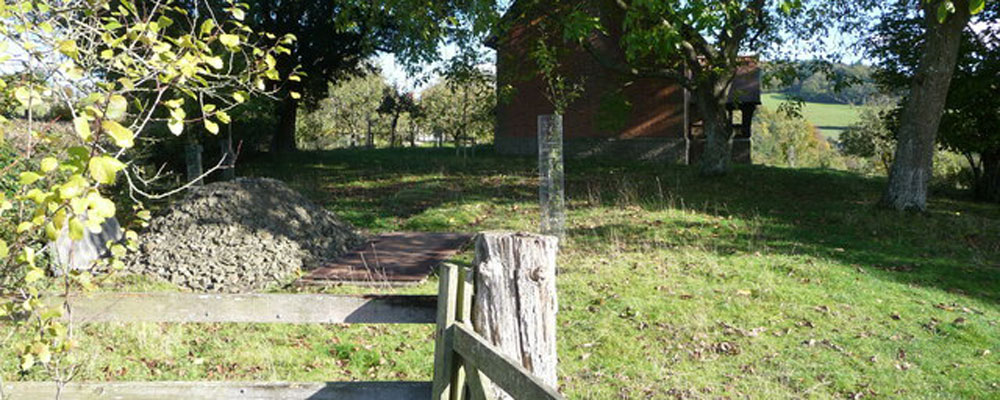Post written by Dawn Bew at Aurora Funerals in Crowborough.
As a member of the Association of Green Funeral Directors Aurora Funerals is committed in encouraging environmentally friendly funerals. Traditional funerals can be resource-intensive, with cremations, embalming, and coffin production contributing to pollution and resource depletion. Fortunately, there is a growing trend towards environmentally friendly funerals that aim to reduce our carbon footprint and honour the memory of our loved ones in a sustainable way.
Choose Green Burial
One of the most environmentally friendly options is a green burial. Unlike traditional burials that can involve concrete vaults.
Here’s how you can plan a Green Burial
Look for cemeteries or natural burial grounds that allow for biodegradable coffins, shrouds, or even simple wooden coffins. These options decompose naturally, leaving a minimal ecological footprint.
Skip embalming: Embalming chemicals can be harmful to the environment. Natural burial involves wrapping the deceased in a biodegradable shroud or placing them in a biodegradable coffin. Over time, the body returns to the earth, enriching the soil. Plant a tree or wildflowers: Some green burial sites offer the option to plant a tree or wildflowers at the gravesite, creating a living memorial that contributes positively to the ecosystem.
Eco-Friendly Coffins and Urns
If a green burial isn’t possible, consider eco-friendly coffins and urns for cremation.
Biodegradable coffins: Choose coffins made from materials like bamboo, willow, or cardboard. These materials break down naturally over time, reducing the environmental impact.
Urns made from sustainable materials: Select urns made from recycled or sustainable materials like biodegradable paper, willow, bamboo, clay, or recycled glass. Consider urns that give back to nature.
Offset Carbon Emissions
At Aurora Funerals, we have a ceremony room on-site for funeral services with up to 50 attendees, we can also cater for the wake without the need to move venue. This option reduces carbon emissions, reducing the need for guests to drive the 9 miles+ to the nearest crematorium or further journeys to the wake/celebration of life venue, many attendees may be local so can walk.
Funeral transportation and cremations can produce significant carbon emissions. To mitigate this, consider:
Virtual attendance: Encourage virtual attendance for friends and family who live far away to reduce travel-related emissions.
Offset cremation emissions: Some organisations offer carbon offset programs specifically for cremations. These initiatives invest in renewable energy or reforestation projects to balance out the carbon emissions produced.
Hearse transportation: Select an eco-friendly electric hearse.
Other eco-friendly ideas
Outdoor services: Host the memorial or funeral service in a natural setting like a park, woodland or garden to reduce the need for electricity and heating/cooling.
Funeral flowers, ask attendees to bring flowers from their gardens.
LED lighting: If indoor services are necessary, use energy-efficient LED lighting and encourage attendees to carpool or use public transportation.
As we strive to lead more environmentally conscious lives, it’s important to extend these values to our end-of-life ceremonies. Planning an environmentally friendly funeral is a meaningful way to celebrate a loved one’s life while also honouring the Earth. From green burials to eco-friendly coffins, there are numerous ways to ensure that the final farewell is a sustainable and responsible one.
Photo: Part of Westhope Church Meadow Green burial site cc-by-sa/2.0 – © Jeremy Bolwell – geograph.org.uk/p/2127311



Comments are closed